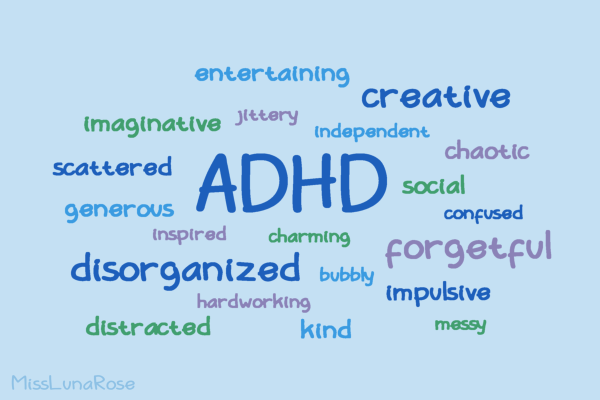Basic, Cheugy Girls: Another Manifestation of Misogyny
With the approach of fall comes the appearance of many self-proclaimed fashion and culture police intent on critiquing the infamous “fall aesthetic.” This aesthetic consists of a combination of knee high boots, oversized sweaters, wide brimmed hats, pumpkin-scented candles and pumpkin flavored foods, to name a few. Many social media users jump head first into this aesthetic, welcoming falling leaves and hot spiced drinks. Others, however, are more than ready to reject these modern autumnal traditions, going so far as to poke fun at those who subscribe to this annual trend and denote them as basic and outdated. Honestly, I hadn’t thought about the ease in which we collectively mock the people who subscribe to trends like “Christian Girl Autumn” until Fordham’s Welcome Week speaker, Brittany Broski, brought up how much shorter our trend cycles are becoming as microtrends become the norm. Since that event, I have noticed just how often we write off certain expressions of style once they oversaturate our social media feeds and become “overdone,” as well as the way in which this pattern of writing off trends relates to gender.
Social media influencers, as defined by Forbes, are “people who have large audiences of followers on their social media accounts, and they leverage this to influence or persuade this following to buy certain products or services.” In other words, social media influencers serve as a fairly new form of marketing in the world of business. Many influencers are perceived to be shallow, self-centered or disingenuous because of their carefully curated messaging and the aesthetics they use to define their brand. As a result, many of the trends that are pioneered by social media influencers (regardless of the size of their platform) oftentimes have a negative connotation, simply because being an online influencer is not widely recognized as a respected career path.
Although many people are wary of social media influencers, they have become increasingly important in the effort for brands to reach customers. Fashion, home and lifestyle brands often participate in these trends by mass producing popular products and partnering with certain influencers to reach their base of followers. 8 out of every 10 consumers have bought a product after seeing it promoted by a social media influencer, according to a Rakuten study. This has created a notable shift in how brands reach consumers, with 93% of marketers using influencers to sell products. However, at a certain point in the life cycle of a trend, a problem occurs. Trends are a unique expression of creativity and change, but as soon as this creativity is mass-produced and interpreted by bigger brands, people resist subscribing to these same trends. This problem creates tension while everyone tries to find the perfect balance between authenticity and acceptance in the increasingly unforgiving world of social media. Why are we so quick to determine who is accepted and who is the object of ridicule? We are being encouraged to follow trends by influencers, brands and products, yet are ridiculed when we do follow these trends for being trend-followers.
An additional layer of complication is how gender roles play a part in social media influencing. With 84% of influencers identifying as women, it is safe to say that women are the primary trendsetters in our society. Additionally, women make up 70-80% of all consumer purchasing decisions. It is quite literally these women’s jobs to influence others and be trend-setters. However, if we as followers subscribe to the trends these influencers promote, we are in danger of being perceived as “basic” or “cheugy,” a word that was recently legitimized through social media.
These trends that are being sold to us are manifested in the products that brands sell. We have seen this in fashion recently with the resurgence of Y2K fashion, which has been popularized by Gen Z influencers on TikTok. The hashtag #Y2K has more than 9.3 billion views on TikTok and 3.7 million posts on Instagram. Another particularly popular trend that social media has defined is the “millennial aesthetic,” which Gen Z social media users love to hate.
It has become increasingly difficult to separate social media trends from our culture’s definition of acceptance, since so many are criticized for following trends. With so many different ways to create, consume and promote different products, the amount of time it takes for trends to become cheugy or out of style feels like it gets shorter with every trend that reaches mainstream media. Clearly, we are a society built on learning about and following trends. As mentioned earlier, women dominate how we understand and define trends on social media, playing a huge role in the products we purchase and consume as a result of their influence. Yet, there is a simultaneous punishment for women who subscribe to these popular trends, being derogatorily labeled “basic” or unoriginal. This catch-22 is inherently sexist, reflecting a constant push and pull of progress for female empowerment and self expression.
Michela Fahy, FCRH ’23, is an English and humanitarian studies major from Cedar Grove, N.J.










































































































































































































